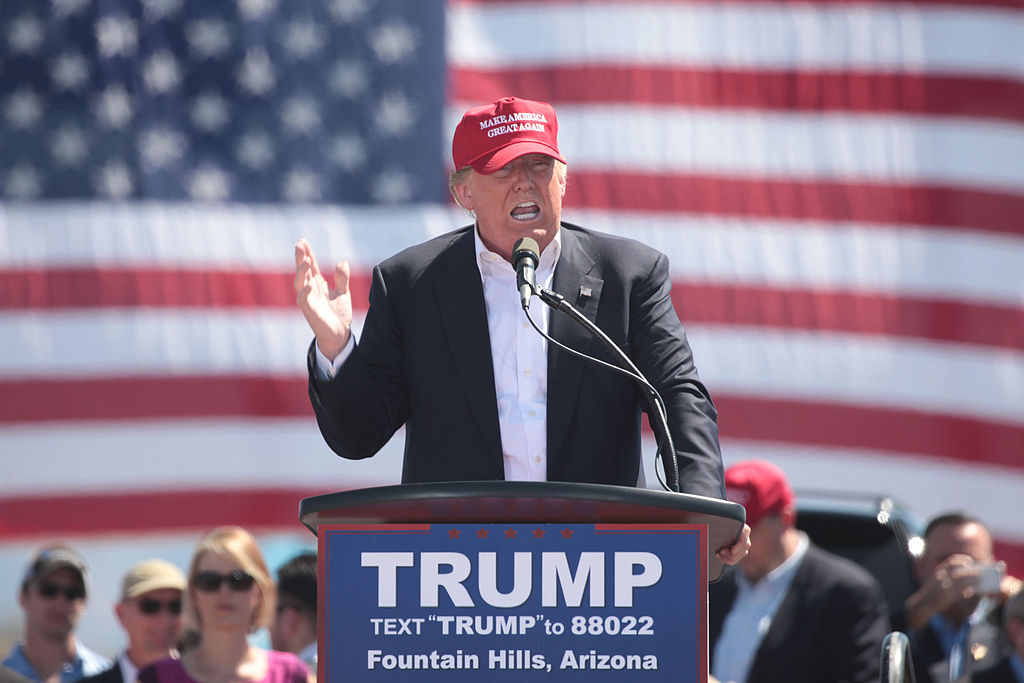"The biggest tax cut and the largest tax reform in the country’s history," as Mr. Mnuchin put it, involves transition from a seven-stage system of taxation of natural persons to a three-stage system, where the tax rate will not exceed 35% (39.6% in the current system). The corporate income tax rate is proposed to be reduced from 35% to 15%, as for "end-to-end taxation enterprises" (including Trump Organization). Another innovation will be transition to a territorial system that exempts foreign profits from US companies in exchange for a one-time tax on "trillions of dollars" of these profits. The administration says that the plan will promote economic growth, create "millions of jobs" and significantly reduce the tax burden on families with an average income. However, there’s no the answer to the question how much will the reform cost to the budget. Mr. Mnuchin’s thesis that the tax cut will pay for itself has caused criticism of both the Democrats and part of the Republicans. In fact, Trump's tax plan relies on the basic principle of the "supply economy", articulated by Arthur Laffer (adviser to Ronald Reagan and Margaret Thatcher). The economist says that lower tax rates stimulate production, which, in turn, compensates for falling income.
Experts do not share optimism of the US Treasury’s Head. According to the calculations of Committee for a Responsible Federal Budget, Trump's plan will cost the US $ 5.5 trillion in the next ten years, raising external debt by 2027 up to 111% of GDP (against 89% under the current scheme).
One of the reform’s unexpected consequences may be growing number of new "end-to-end taxation enterprises" to optimize fiscal payments. Now, 95% of the 30 million companies in the US are already registered in this form. Apart from shops and freelancers, the scheme can be chosen by private practitioners, such as doctors, lawyers, consultants and even hedge fund founders. Such enterprises transfer all profits to their owners, after which it is taxed at the rate for individuals (now a maximum of 39.6%). According to the former economic adviser to President Clinton Chuck Marr, the rate cut to 15% will primarily benefit 1% of the richest businessmen, including Trump himself.
The plan’s only point to increase the budget revenue is cancellation of the majority of tax deductions for individuals. The greatest benefit now comes from residents of states with high tax rates - California, New York and New Jersey, and majority of their citizens voted against Trump. For example, $ 68 billion were deducted in New York in 2014. According to the Tax Policy Center at the Brookings Institution, abolition of subsidies will bring the budget $ 1.3 trillion in the 10-year term, but 90% of the burden will fall on the shoulders of taxpayers with incomes over $ 100,000 in year. However, not only Democrats, but also Republican representatives of the states, whose voices the Trump administration needs, have already opposed this measure.
source: nytimes.com
Experts do not share optimism of the US Treasury’s Head. According to the calculations of Committee for a Responsible Federal Budget, Trump's plan will cost the US $ 5.5 trillion in the next ten years, raising external debt by 2027 up to 111% of GDP (against 89% under the current scheme).
One of the reform’s unexpected consequences may be growing number of new "end-to-end taxation enterprises" to optimize fiscal payments. Now, 95% of the 30 million companies in the US are already registered in this form. Apart from shops and freelancers, the scheme can be chosen by private practitioners, such as doctors, lawyers, consultants and even hedge fund founders. Such enterprises transfer all profits to their owners, after which it is taxed at the rate for individuals (now a maximum of 39.6%). According to the former economic adviser to President Clinton Chuck Marr, the rate cut to 15% will primarily benefit 1% of the richest businessmen, including Trump himself.
The plan’s only point to increase the budget revenue is cancellation of the majority of tax deductions for individuals. The greatest benefit now comes from residents of states with high tax rates - California, New York and New Jersey, and majority of their citizens voted against Trump. For example, $ 68 billion were deducted in New York in 2014. According to the Tax Policy Center at the Brookings Institution, abolition of subsidies will bring the budget $ 1.3 trillion in the 10-year term, but 90% of the burden will fall on the shoulders of taxpayers with incomes over $ 100,000 in year. However, not only Democrats, but also Republican representatives of the states, whose voices the Trump administration needs, have already opposed this measure.
source: nytimes.com





